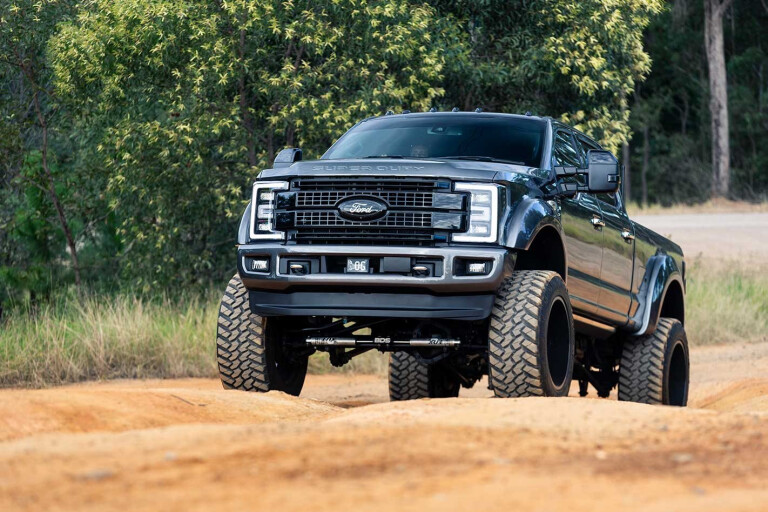
FROM the very first time man stepped out of a cave and used a club to knock a dinosaur on the head, we’ve been using tools to make life easier for ourselves.
From the early days of horses tilling fields saving the backbreaking labour of hand digging, to the mighty 40 Series LandCruisers helping tame the Snowy Mountains and giving the old horses a rest, mechanical advantage has been one of the biggest things at mankind’s disposal, helping us get our work done faster so we can spend more time doing, well, anything but working.
The behemoth of a 4x4 you’re running your eyes over right now is an extension of that idea. A bigger hammer, for a bigger nail, so the owner can live a bigger life.
More 4x4 gear guides
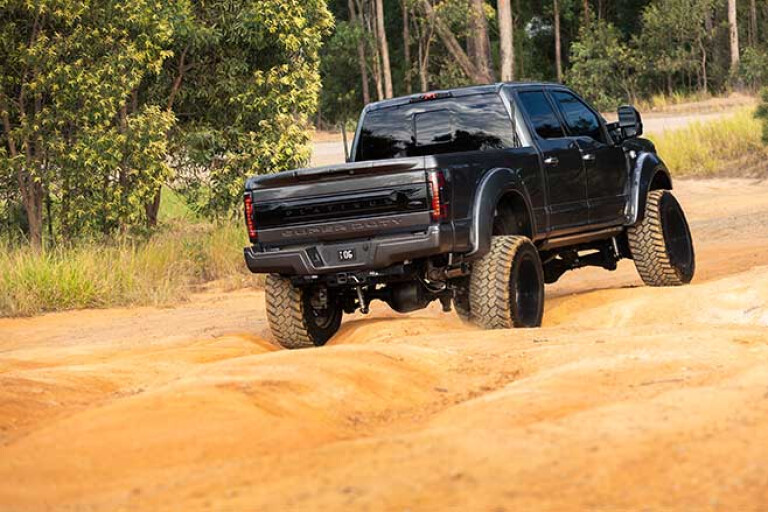
The idea is pretty simple. With a caravan behind him and some of the most stunning but challenging sand islands in front, Sean knew if he wanted to spend more time kicking back at camp and less time struggling through soft inland tracks, he’d need one hell of a rig to get the job done. Actually, a hell of a rig might be an understatement.
Standing nearly three metres tall, weighing more than three tonnes and a wheelbase that’d damn near fit a Jeep Wrangler between it, this 2018 Ford F250 served as the perfect platform to haul whatever Sean wanted to haul, wherever he wanted to haul it.
POWER STROKE ENGINE
THE powerhouse making the whole show move is none other than Ford’s renowned 6.7L Power Stroke engine. A 440kg compacted graphite-iron blocked V8 turbo-diesel code-named ‘Scorpion’ that punches out 335kW at just 2800rpm, and an awe-inspiring 1268Nm barely off idle at 1600rpm – for comparison, the ‘class-leading’ Amarok makes 580Nm.
It’s backed up by the similarly over-sized 6R140 transmission banging out six speeds as well as a dedicated tow/haul mode for when there’s work to be done.

Like most things American it’s not hard to wind the wick up to ridiculous, and Sean has done just that. The plug-in diesel tuner from EZ Lynk gives Sean five stages of tune he can dial in, cranking the big V8 all the way up to near on 500kW at the crank which works out to north of 1700Nm of torque keeping things powering forward.
Of course, with that much power sending its way downline through the driveshafts and a few tonnes of resistance on the back, the F250 is going to need some seriously stout axles to hold the show together.
Up front is 140kg of Dana 60 live axle, with a stout 9¾ ring gear and 35-spline axles the size of your wrist, it’s more than up to the task. Utilising uni-joints rather than the more typical CV joint found in Cruisers and Patrols helps add to the rugged but strong design ethos.
The whole affair in stock form is held in place by huge radius arms, although Sean’s binned them in favour of a monster lift from BDS Suspension. The design of a radius arm with one pivot point at the frame and solid mounting at the axle means, as you dial in a lift, the caster can vary, severely affecting your steering.
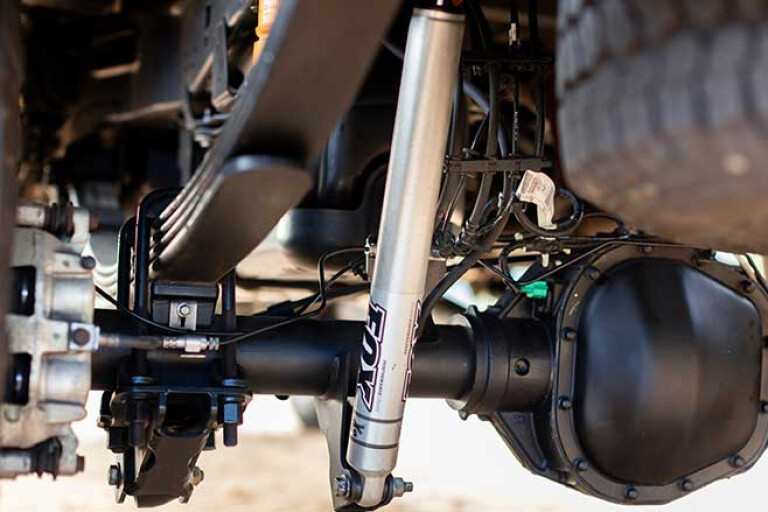
The BDS Suspension kit replaces the radius arms with a 4-link arrangement similar to what you’d find in the rear of a Cruiser or Patrol, which not only serves as a significant strength upgrade but allows the steering to feel stock even with the huge eight-inch ride-height adjustment. A forged drop pitman arm and Panhard drop bracket help keep things aligned.
Moving to the rear and the F250 is driven by an even bigger rear axle again, this time an in-house-built axle from Ford’s Sterling plant punching in at a huge 10.5 inches in the ring gear. Like the front, it’s got an eight-inch lift, this time with a set of GlideRide leaf springs rated to take the load of the heavier F350 truck. Both front and rear axles are kept under control by Fox 2.0 IFP shocks on each corner.
The whole affair not only gives the lifted F250 a serious attitude, but it also allows front and rear live axles to articulate their way through terrain most IFS utes would come undone in.
WHEEL SPIN
AS the F250 is registered for commercial use, Sean has a little more leeway with his allowable modifications, and he’s made the most of it when it comes to the selected wheel and tyre package. While most 4WDers squabble between 16- and 17-inch wheels, Sean has stepped straight up to 24-inch alloy wheels on each corner, more specifically, contrast-cut 544BMs from USA-based Tis Wheels.
There’s still more than enough tyre thanks to a wall of rubber with 40-inch Nitto Trail Grapplers stuffing the arches. With a tread width of 15.5 inches they not only dwarf a regular mud tyre, they’ve also got the same tyre sidewall as a typical 33-inch tyre on a 17-inch rim.
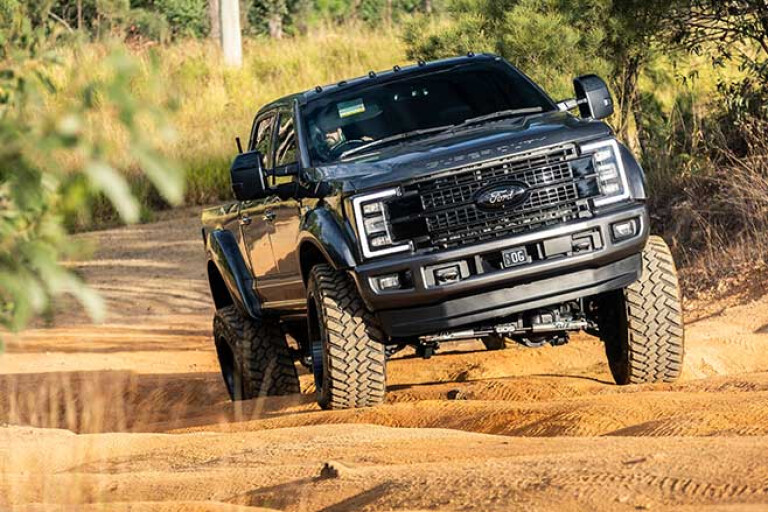
As the F250’s purpose is to haul toys to campsites, it’s also received a decent electrical fitout as well. Hiding in every nook and cranny of the big Ford is an Enerdrive dual-battery system running their 125amp/h lithium battery pack. Sean tells us it’s more than enough to keep the tray-mounted ARB Elements fridge running for four days, although the beers inside never last that long.
There’s also a 1500W Enerdrive inverter thrown into the mix ensuring the campsite to end all campsites never goes without. Finally, twin UHFs allow communication between all the rigs in the convoy (including his partner’s live-axled Ranger), as well as monitoring channel 40 to keep an ear on the truckers nearby.
OG, as it’s known, might not be to everyone’s taste, but it doesn’t need to be. It’s big, bad, powerful, capable and pulls like a freight train on or off the road. It might not have a winch, but when he’s skull dragging a Unimog through Fraser Island’s Ngkala Rocks and putting 1700Nm to the ground, it flat out doesn’t need one.
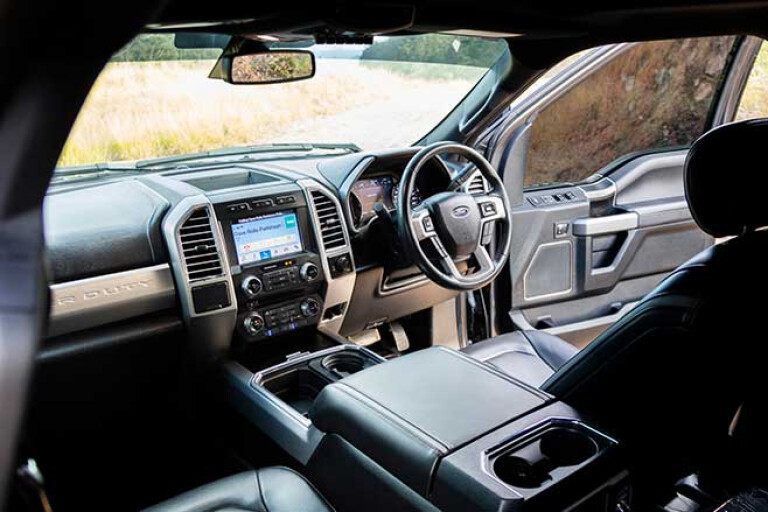
SCORPION DESIGN
ABOUT 60 years ago Ford was screaming about its fancy new ‘cross-flow’ engine. Y’see, any internal combustion engine is basically a glorified air-pump. Air gets sucked in, does what it does, and gets pushed out again.
Originally ‘reverse-flow’ designs saw the air sucked in on one side, mixed with fuel and ignited in the combustion chamber, before doing a 180-degree spin and heading back out the same side it came in. Ford’s cross-flow engine made things work far smoother with the air coming in one side, and heading out the other. Why is this all important? Well, there’s a reason the 6.7-litre Power Stroke is called Scorpion.
A V8 typically cross-flows air from the top in the V, through the heads, then out the exhaust ports. The Scorpion engine reverses that flow, the air sucked in from where the exhaust would normally be, through the head, then up and out through the V and into a centrally mounted turbo between both heads, giving the engine it’s characteristic Scorpion look.



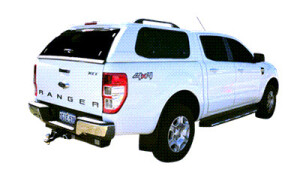
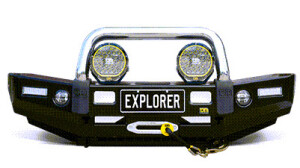


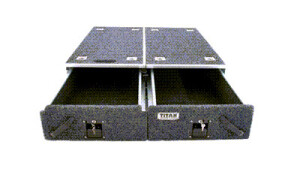
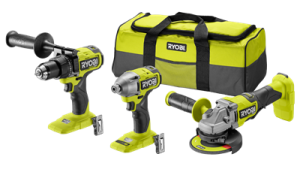
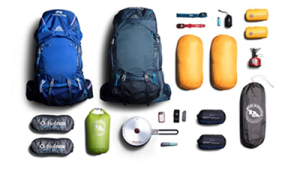

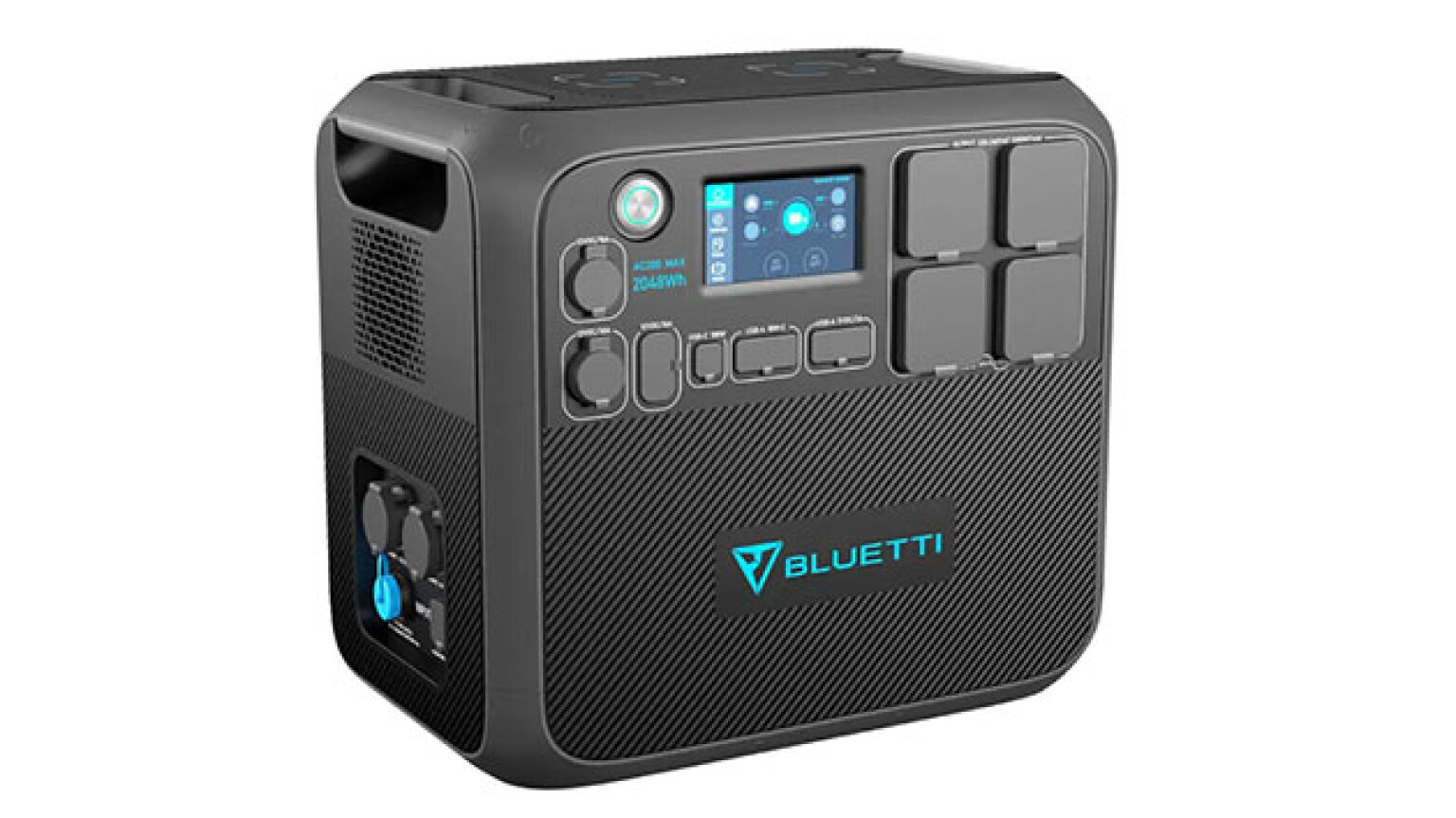
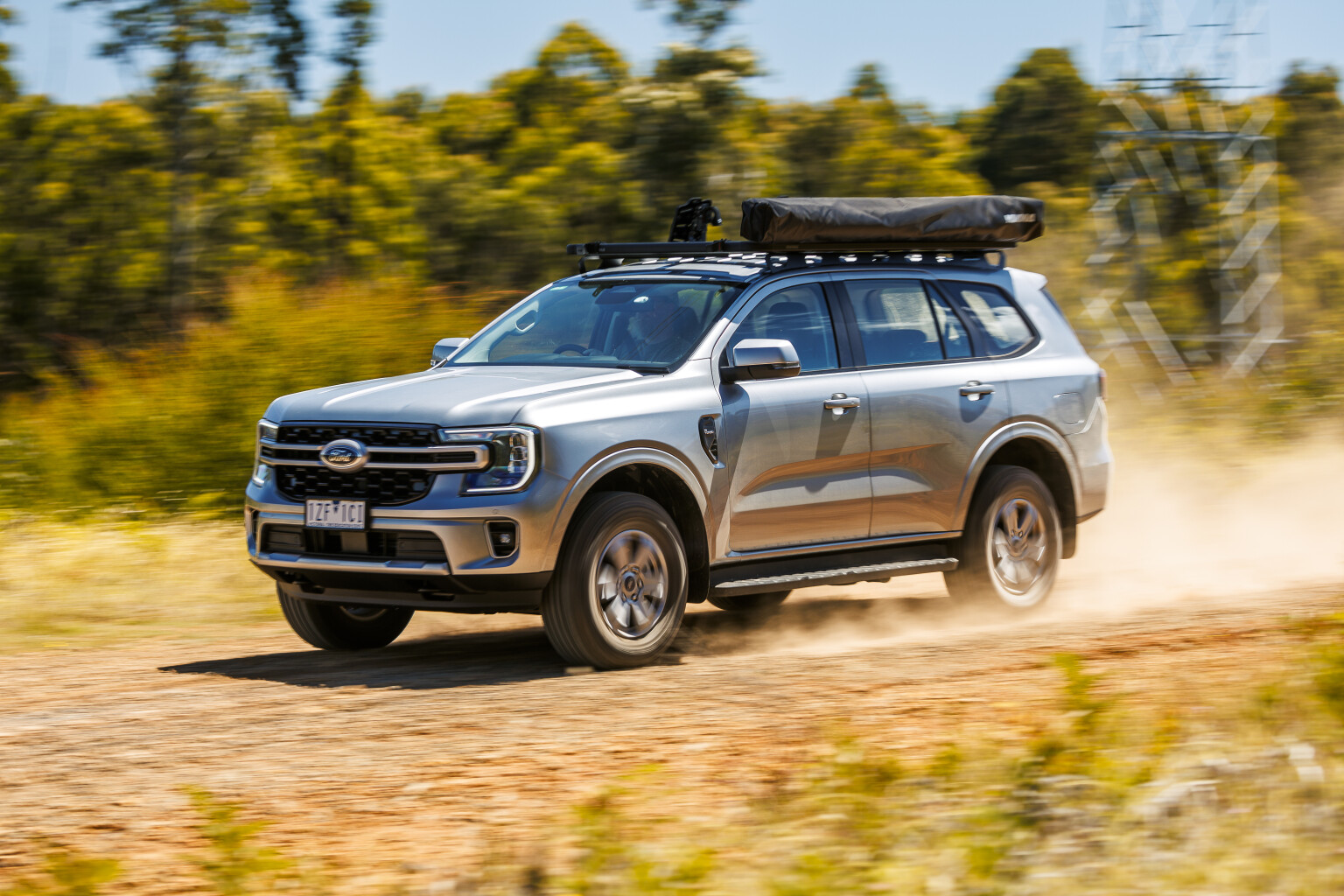
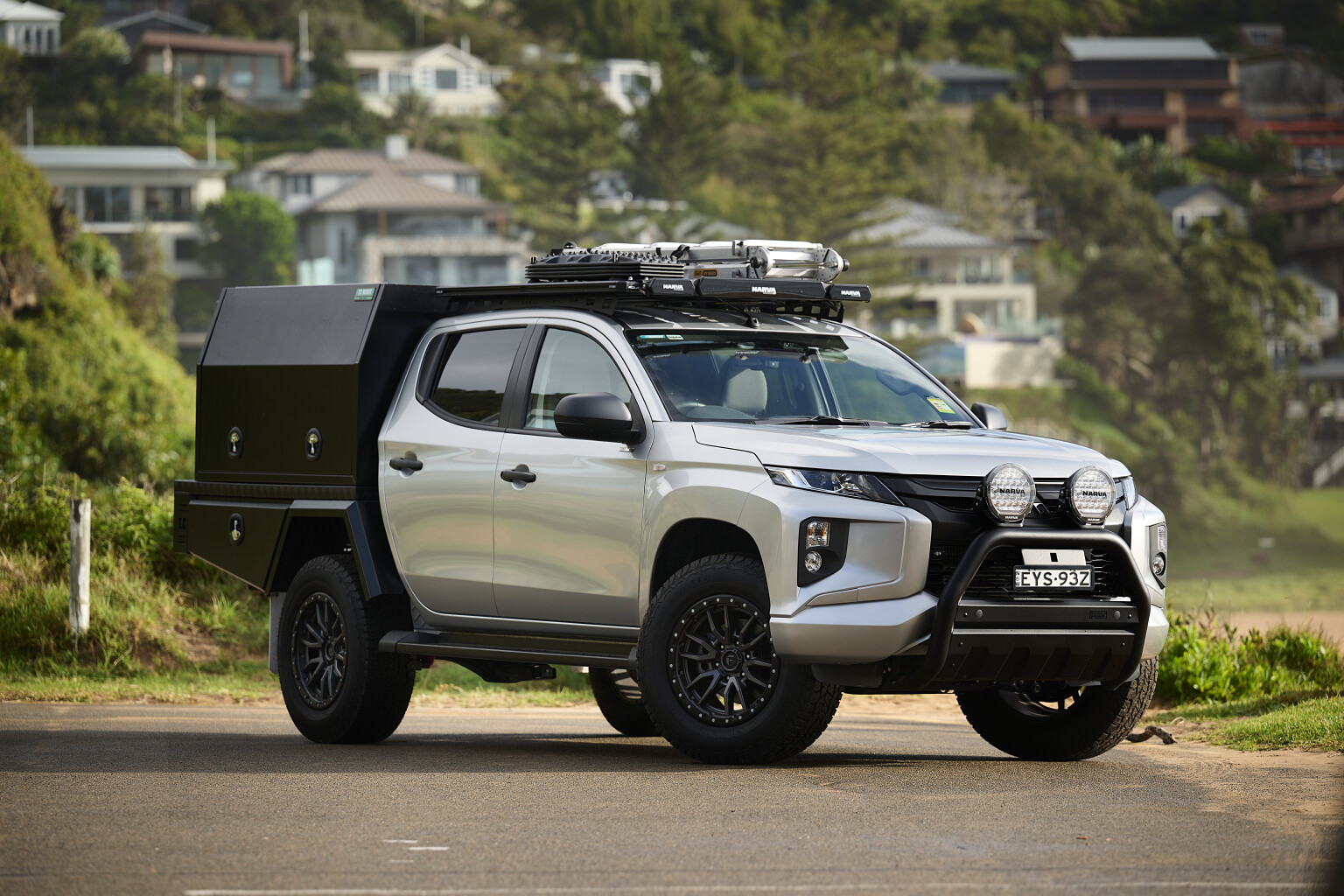


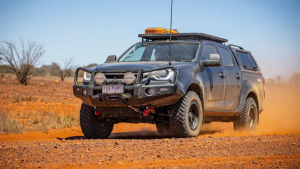

COMMENTS